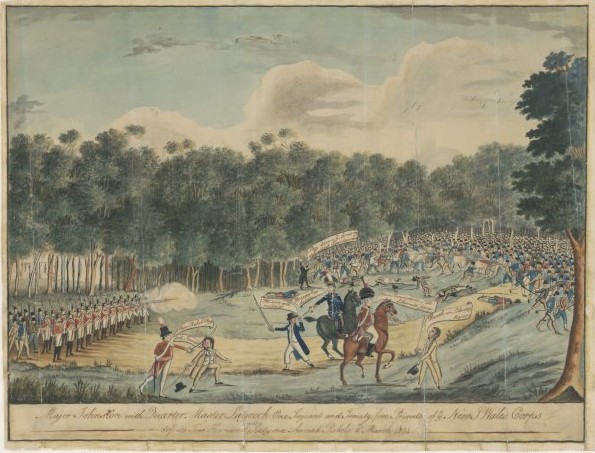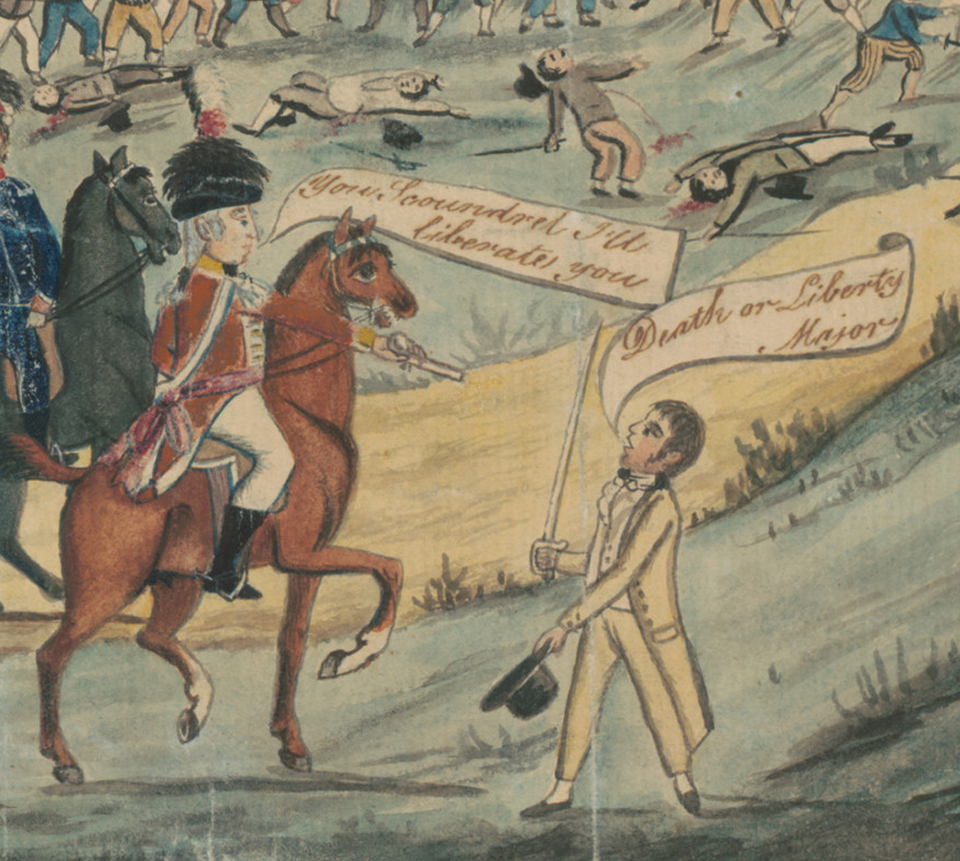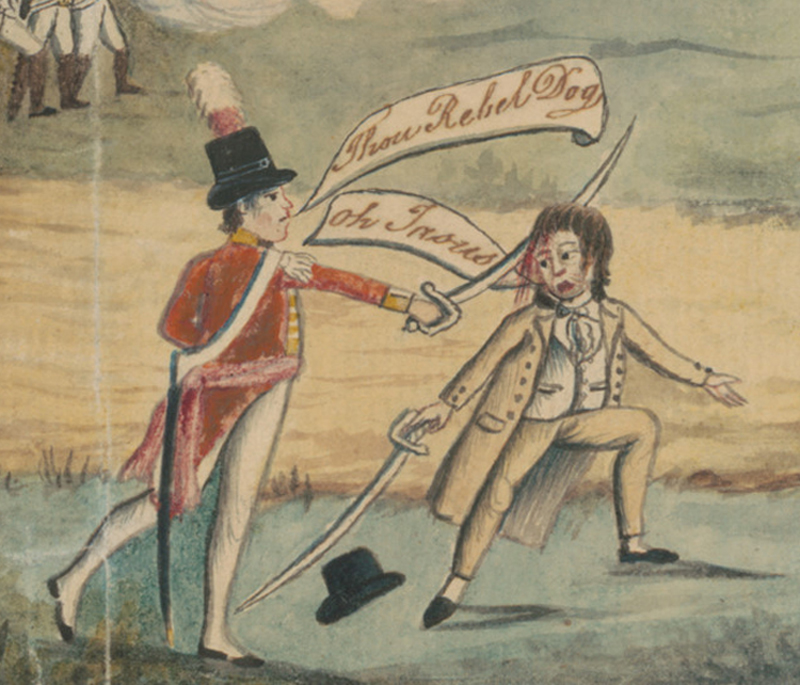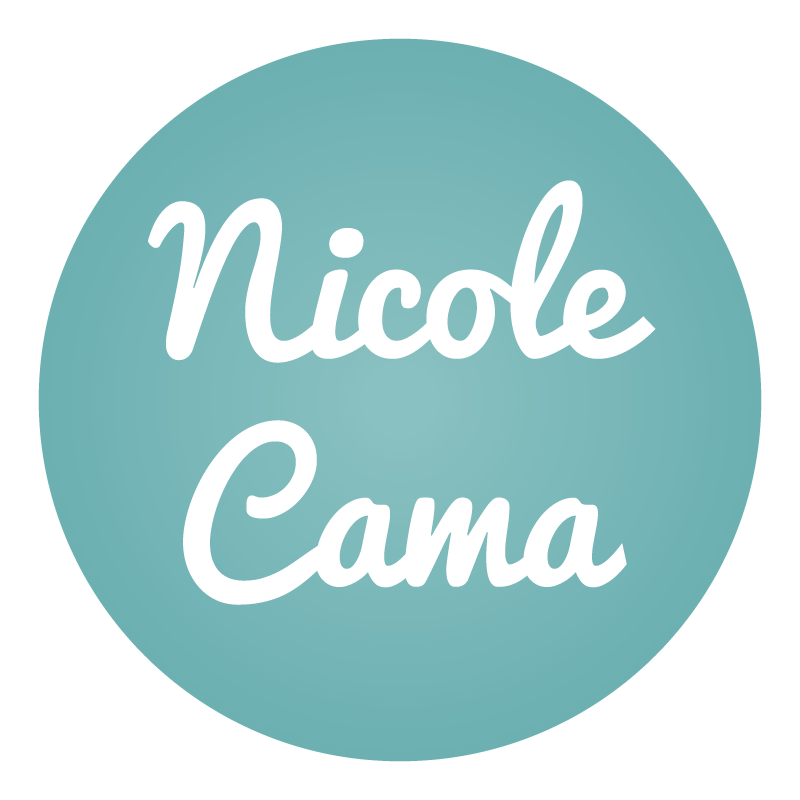
Convict uprising at Castle Hill 5 March 1804. Source: National Library of Australia
Yesterday our best known Irish pubs were sprinkled with green decorations in celebration of the Feast day for the Patron Saint of Ireland — St Patrick. I delved into the Dictionary of Sydney and found out that 211 years ago, Irish convicts attempted to take control of the city! Historian Anne-Maree Whitaker describes how prisoners staged a rebellion at Castle Hill as the sun set on 4 March 1804. I spoke to Matt about this morning on 2SER Breakfast…
The Castle Hill rebellion of 1804 originated far away from the Sydney suburb. The 1798 Rebellion in Ireland has been described as one of the most violent events in Irish history, with a death toll estimated at 30,000 people. After the rebellion was quashed over 400 of its participants were transported to New South Wales.
When this new load of convicts arrived on our shores in 1800, Sydney Town’s population was around 2,500 and around 43 per cent of those were convicts. Many of them were concentrated in areas such as Parramatta and Toongabbie and most of the military were stationed in the city with smaller garrisons positioned at these inland settlements.

Major George Johnston and one of the rebel leaders during the Castle Hill rebellion. Source: National Library of Australia (detail)
On 4 March 1804, as the sun set and darkness fell, Irish convicts at Castle Hill staged a rebellion. First, the house of one of the leaders was set alight as a signal the rising had begun. Only a few constables were guarding the 200 convicts in the area, and most of those joined the rebels. Led by former United Irish captain and stonemason Philip Cunningham, the rebels raided houses in Castle Hill for weapons.
Cunningham delivered a rousing speech claiming Sydney and Parramatta were ready to be taken. His plan was to further raid settlements for arms and lead them to the Hawkesbury, where they would form a combined force of 1,100 men. They would then return to Castle Hill, capture Parramatta before going to Sydney where they would embark on ships awaiting their arrival and sail home. Cunningham ended his speech with: ’Now, my boys, Liberty or Death!’

Quartermaster Laycock slicing Phillip Cunningham with a sword during the convict rebellion at Castle Hill. Source: National Library of Australia (detail)
At 11:30pm, an alarm was sounded in Sydney Town in the form of cannons firing and the beating of drums. Governor Philip Gidley King and Major George Johnston of the NSW Corps mobilised their forces and at 1:30am they arrived at Annandale where Johnston took command and led them to Parramatta. As a new day dawned on 5 March, Johnston arrived at Parramatta barracks with 100 soldiers. Under a blazing sun the troops pursued the rebels toward the Hawkesbury. When they finally caught up Johnston demanded to speak with Cunningham who responded with the words: ‘Death or Liberty, and a ship to take us home’.
Cunningham insisted on his demands for liberty but while the rebels were distracted, Johnston produced a pistol he had concealed and clapped it to the head of one of the ringleaders saying he would ‘blow his soul to hell’. He then ordered his troops to fire and charge. As the rebels fired back nine of their number were killed with many wounded and taken prisoner. They scattered in all directions and were pursued until nightfall. In the end, 39 convicts were killed; nine rebels were executed in the aftermath. A memorial now stands in Castlebrook Memorial Park, Rouse Hill as a reminder of ‘Australia’s Irish rebellion’.
Check out Anne-Maree Whitaker’s original article at the Dictionary of Sydney and listen to my segment at 2SER radio. For other interesting segments, see my Dictionary of Sydney project post and visit the Dictionary of Sydney blog.
